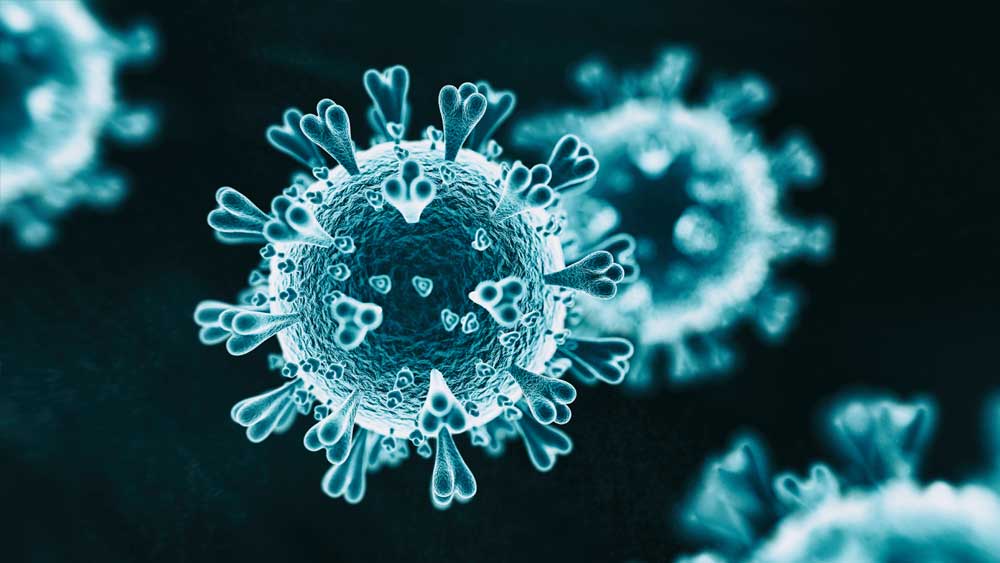As we are embroiled in a worldwide COVID-19 pandemic, it is important to know the basics of these tragic viral infections and why the medical community can’t just prescribe common antibiotics as they do with bacterial infections.
To begin with, there is a significant difference between bacteria (such as the ubiquitous E. coli that is sometimes in the news) and viruses. Bacteria are much larger than tiny viruses and there’s a large group of specially designed viruses—called bacteriophages—that attack bacteria and replicate (duplicate) in them.
Bacteria are of two general types, based on how they retain artificial stain to be viewed under the microscope. These types are gram negative and gram positive. Gram negative bacteria have thin cell walls, and gram positive bacteria have thick cell walls. The cells that make up people and animals have no cell walls. An antibiotic (such as amoxicillin or metronidazole) is designed to attack and break down components of the bacterial cell wall and thus kill it. But viruses are not made with cell walls and thus are unaffected by antibiotics.
A virus is a self-replicating, infectious, nucleic acid-protein complex. It is designed to enter into a host cell for replication, taking over the cell’s biological machinery. The viral genome (total genetic information) is RNA or DNA. Examples of illnesses caused by viruses range from the common cold1 (which can be caused by one of the rhinoviruses) to viruses that cause diseases of the liver (hepatitis). DNA viruses are the cause of diseases such as smallpox and herpes. RNA viruses cause Ebola disease, SARS, hepatitis C, and the flu.
COVID-19 is known as a novel coronavirus. It gets its name from its shape as seen under the electron microscope that has a much higher magnification than traditional light microscopes. The coronavirus looks like a ball studded with proteins. The surface of the envelope (not a cell wall) has spike glycoprotein, E-protein, and membrane protein. Inside the virus is the RNA genome.
The disease (severe acute respiratory syndrome) is spread by sneezes and coughs which is why those that are infected wear masks and stay well away from others. The lungs are most affected by this virus. The virus enters the lung cell and begins replication, making many more viruses that infect other host cells. The patient may begin to experience fever, cough, and shortness of breath and should seek medical help.
Those of us who know Christ should help our neighbors physically and, more importantly, spiritually, introducing those who are at risk or in fear to the Great Physician.
References
1. Common Cold. MedicineNet. Posted on medicinenet.com.
*Mr. Sherwin is Research Associate is at ICR. He earned his master’s in zoology from the University of Northern Colorado.

What’s the Difference Between Virus and Bacteria?
The Latest
Liberty and the Word of God
“And I will walk at liberty: for I seek thy precepts” (Psalm 119:45).
July 4th is called Independence Day here in our country because on...
July 2025 ICR Wallpaper
"These things I have spoken to you, that in Me you may have peace. In the world you will have tribulation; but be of good cheer, I have overcome...
Valued Longtime ICR Employee Mary Smith Retires
Mary Morris Smith, an employee of the Institute for Creation Research for many years, has retired. The second daughter of ICR founder Dr. Henry M. Morris...
Man of Science, Man of God: George Washington Carver
Who: George Washington Carver
What: Father of Modern Agriculture
When: 1864 or 1865 – January 5, 1943
Where: Diamond Grove,...
The Scopes Monkey Trial: A Battle of Worldviews
Rhea County Courthouse in Dayton, Tennessee, and its statue of William Jennings Bryan
Image credit: M. Mueller
The Scopes Monkey...
Long Non-Coding RNAs: The Unsung Heroes of the Genome
Evolutionary theory holds that all living things came about through random, natural processes. So conventional scientists believe the genome has developed...
Yosemite National Park, Part 1: Tiny Clues of a Grand Picture
Yosemite National Park in California is a sure source of stunning scenery. It’s no wonder that American naturalist John Muir persuaded President...
From Inference to Theory: A Common Design Case Study
Without a doubt, humans, chimpanzees, and other organisms share similar features. An early explanation was that these features reflect similar designs...
Creation Kids: T. rex
by Michael Stamp and Susan Windsor*
You're never too young to be a creation scientist and explore our Creator's world. Kids, discover...
Entering By The Door
Recently, I hosted a visiting pastor from a large church at ICR’s Discovery Center. As I guided him through our Dallas museum, one conversation...












